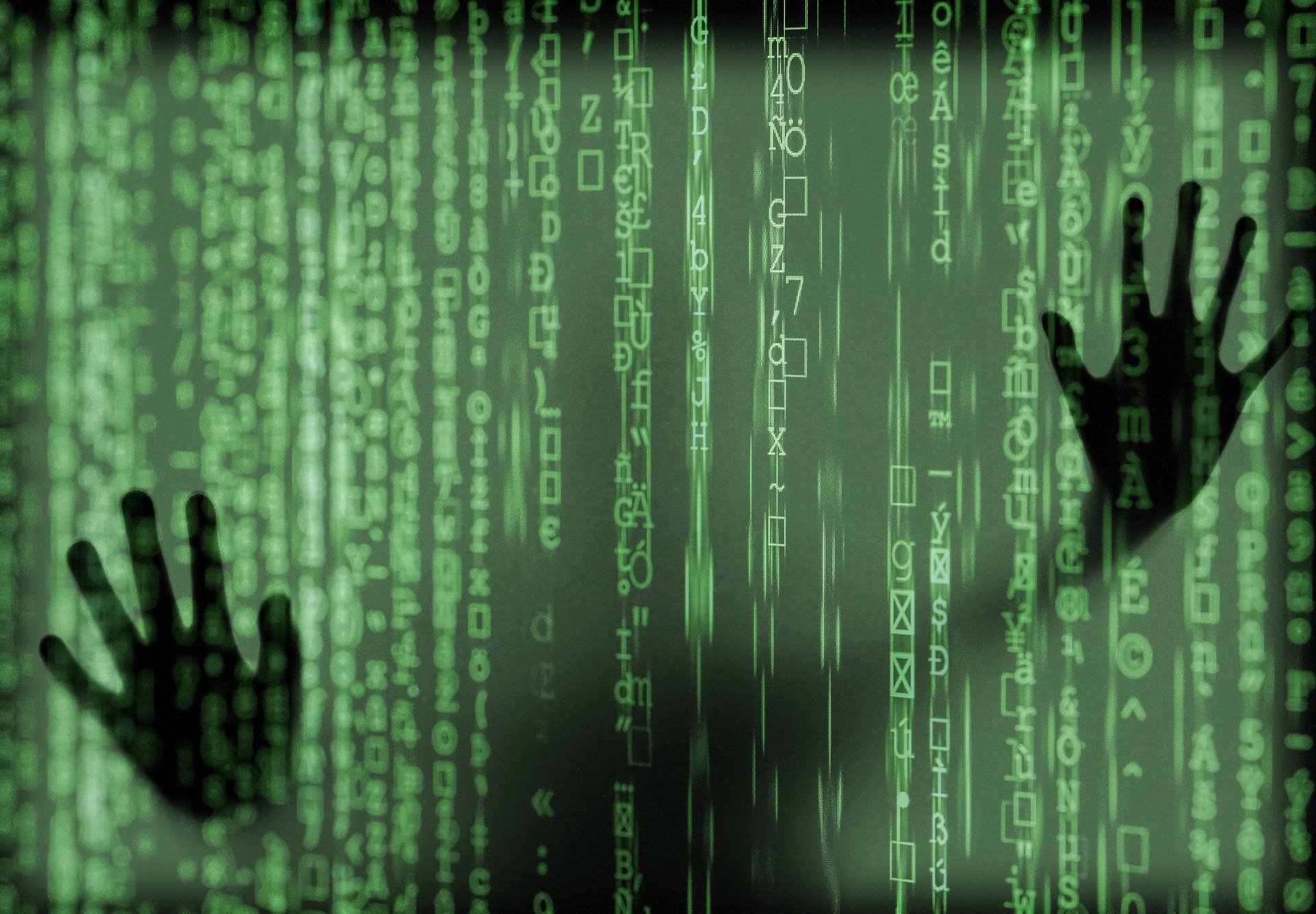What is doxing and can it be stopped?
There are steps you can take to make it less likely.

Online harassment has emerged as a serious issue that needs to be addressed. The widespread use of social media platforms and the easy availability of personal information online have provided malicious individuals with new ways to invade privacy and cause harm. One method that has gained notoriety is doxing, which involves publicly releasing an individual's personal information without their consent.
This article aims to comprehensively understand what doxing is, how it is carried out, and the potential consequences for victims. Additionally, it will explore the effectiveness of current measures to prevent and combat doxing and suggest possible solutions to mitigate its impact.
Reader Offer: 20% off with code PARTNER20
DeleteMe makes it quick, easy and safe to remove your personal data online. Start today with code PARTNER20 for 20% off.
Preferred partner (What does this mean?)
Understanding doxing
Doxing is a malicious practice involving public disclosure of an individual's personal information without their consent. This information can include their full name, residential address, email address, phone number, workplace, and even the intimate details of their family members.
The primary objective of doxing is to shame and embarrass the victim, with potential consequences ranging from online harassment and defamation to more severe cases that may pose a threat to the victim's physical safety. Individuals or groups often do the act of doxing with malicious intent, and it can have devastating effects over the long term on the victim's personal and professional life.
Motivations behind doxing

There are several reasons why someone might engage in doxing. One of the most common reasons is revenge. Sometimes, individuals may feel that someone has wronged them and seek to get back at them by exposing their private information. This can be a hazardous form of doxing, as it can lead to harassment, threats, and even physical harm.
Another reason why someone might engage in doxing is for ideological reasons. This can include targeting individuals or groups that hold opposing views or beliefs. In this case, the doxer may feel that exposing the target's personal information will help to undermine their credibility or cause them to lose support. This type of doxing is often associated with political or social agendas.
Finally, online trolls often engage in doxing for amusement. They derive pleasure from causing chaos and distress for their targets, and doxing is just one of the many ways they accomplish this. Unfortunately, the consequences of doxing can be severe, with targets experiencing harassment, threats, and even physical harm.
Sign up to the TechRadar Pro newsletter to get all the top news, opinion, features and guidance your business needs to succeed!
It's important to note that doxing is often illegal and can result in criminal charges. Additionally, doxing can have severe consequences for both the victim and the boxer. Victims of doxing may experience emotional distress, loss of privacy, and even physical harm. Doxers, on the other hand, may face legal consequences, social ostracism, and damage to their reputation.
Techniques used in doxing

Doxers use various techniques to gather personal information about their targets, including social media, search engines, data breaches, social engineering, and malware.
Social media platforms like Facebook, Twitter, and Instagram are a goldmine for doxers. They can easily find personal information such as home addresses, phone numbers, and email addresses. They can also track someone's movements and build a profile of their interests and activities. Doxers can use this information to harass, intimidate, or defraud their victims.
Search engines like Google and Bing are also popular tools for doxers. They can find personal information publicly posted online, such as court, property, and voter registration records. They can also find websites the target person has created or participated in. This information can be used to build the victim's profile and to harass or intimidate them.
Data breaches are another way that boxers can obtain personal information. Data breaches occur when hackers access databases containing personal information, such as Social Security numbers, credit card numbers, and medical records. Doxers can then use this information to blackmail, harass, or defraud their victims.
Social engineering is using deception to manipulate people into divulging personal information. Doxers may use social engineering techniques to trick their victims into giving them their passwords, credit card numbers, or other sensitive information. They may pose as a trusted authority figures or use different tactics to gain the victim's trust.

By design, malware can harm a computer system without the user's knowledge or consent. Doxers can use malware to infect their victims' computers and steal their personal information. Malware can be spread through various means, such as infected websites, email attachments, or other means. Once the malware is installed, the doxer can steal passwords, credit card numbers, and other sensitive information.
Once doxers have gathered personal information about their target, they may publish it online, share it with others, or use it to harass, intimidate, or defraud their victim. Doxing can have a devastating impact on victims, causing them emotional distress, financial hardship, and even physical harm. Victims may be stalked, threatened, or even physically attacked.
If you believe you have been doxed, taking steps to protect yourself is essential. It would be best if you changed your passwords, contacted the websites where your personal information has been published, asked them to remove it, and reported the doxing to law enforcement. You may also want to consider hiring a cybersecurity expert to help you protect your personal information and prevent future attacks.
Consequences of doxing
One of the most significant impacts of doxing is the emotional distress it can cause the victim. Being exposed in such a public and humiliating way can make the victim feel violated and powerless. The victim may also feel a sense of shame or embarrassment, which could further isolate them from their friends and family.
In addition to the emotional impact, doxing can also have severe consequences for the victim's professional life. Employers may be reluctant to hire someone with a tarnished online reputation, making finding work challenging for the victim. The victim may also face harassment and threats from their employer or coworkers, challenging maintaining a healthy work environment.
Moreover, doxing can also damage the victim's relationships. Friends and family members may distance themselves from the victim out of fear of becoming associated with them or because they are uncomfortable with the attention that comes with the situation. This can lead to social isolation and feelings of loneliness for the victim.
The most severe impact of doxing is the potential for physical harm. Doxing can lead to stalking, which can put the victim's safety at risk. The victim may also become the target of physical violence, which can have long-lasting consequences for their physical and emotional well-being.
Doxing examples

There are some obvious and perhaps not-so-apparent examples of doxing.
Doxing is, unfortunately, a common occurrence in the world of celebrities. These high-profile individuals are often targeted by doxers for intimidation and harassment, with the ultimate goal of discrediting or damaging their reputation. The doxers who engage in this behavior are typically seeking attention or notoriety, and they may use the information they uncover to further their agendas or to gain leverage over their victims.
Revenge doxing can happen to anyone. Revenge doxers seek revenge on a person or entity by releasing personal details online, usually with the intent of causing embarrassment or harm. Victims of revenge doxing are often targeted due to some perceived slight or wrongdoing committed against the perpetrator.
Meanwhile, "swatting" is a dangerous and illegal form of cybercrime involving making a false report to emergency services, such as the police or fire department, to cause a law enforcement response to a person's home or other location. The false report is usually made through a phone call or online message, and it may involve a fake emergency, such as a hostage situation, bomb threat, or active shooter situation. It can take attention away from real emergencies.
It's important to note that sometimes, doxed people are not the intended targets. This is known as "faulty doxing," "misdoing," or "mistaken doxing." It happens when private or identifying information about someone is publicly revealed, but the person is not the intended target of the doxing. This can occur due to inaccurate information being gathered or shared or a lack of due diligence in verifying the target's identity.
One final type of doxxing is perhaps the most obvious: criminal doxing. It's a form of cyberbullying in which the perpetrator exposes an individual's personal information on the internet and incites others to harm them. The motivation behind this act can be personal revenge, a display of disagreement or hatred towards a particular cause, religion, activity, or race.
Can doxing be stopped?

Although completely eradicating doxing may be difficult, steps can be taken to reduce its prevalence and impact. Here are some solutions:
Protecting personal data: In today's digital age, individuals must be cautious about the information they share online. The risk of being targeted can be significantly reduced by ensuring proper privacy settings on social media platforms and restricting access to personal details. It is important to remember that once information is shared online, it can be difficult to control who can access it. Therefore, it is essential to be mindful of shared information and take precautions to protect personal data.
Raising awareness: Educating internet users about the risks of sharing personal information online is crucial. Potential victims can be prevented by teaching people to be vigilant and exercise caution when interacting online. It is essential to understand that doxing can have serious consequences, including harassment, identity theft, and even physical harm. Therefore, raising awareness about the risks associated with doxing is crucial, and encouraging individuals to take necessary precautions to protect themselves is vital.
Legal action: Governments worldwide should implement strict laws against doxing and consider it a criminal offense. Law enforcement agencies must prioritize these cases and work with internet service providers and social media platforms to identify and apprehend those involved. Holding doxers accountable for their actions and ensuring that victims receive justice is important.
Efficient reporting: Social media platforms should improve their reporting systems and take immediate action against doxing incidents. Implementing mechanisms to investigate and remove doxing content quickly can discourage offenders and protect potential victims. It is essential for social media platforms to take responsibility for the content shared on their platforms and take necessary steps to prevent doxing.
Cybersecurity measures: Individuals and organizations should stay updated with the latest cybersecurity measures to safeguard their personal information. Implementing strong passwords, two-factor authentication, and keeping software and systems up to date can reduce the risk of being doxed through hacking. Taking necessary precautions to protect personal data and prevent doxing incidents is vital.
Doxing severely threatens individuals' safety, privacy, and well-being. While complete eradication of doxing may remain a challenge, collective efforts by individuals, governments, social media platforms, and internet users can significantly reduce its prevalence and impact. We can strive towards a safer and more secure digital environment by implementing stricter legislation, improving reporting mechanisms, and enhancing cybersecurity measures.
You might also like to read about the best identity theft protection and best personal finance software.
Bryan M. Wolfe is a staff writer at TechRadar, iMore, and wherever Future can use him. Though his passion is Apple-based products, he doesn't have a problem using Windows and Android. Bryan's a single father of a 15-year-old daughter and a puppy, Isabelle. Thanks for reading!

